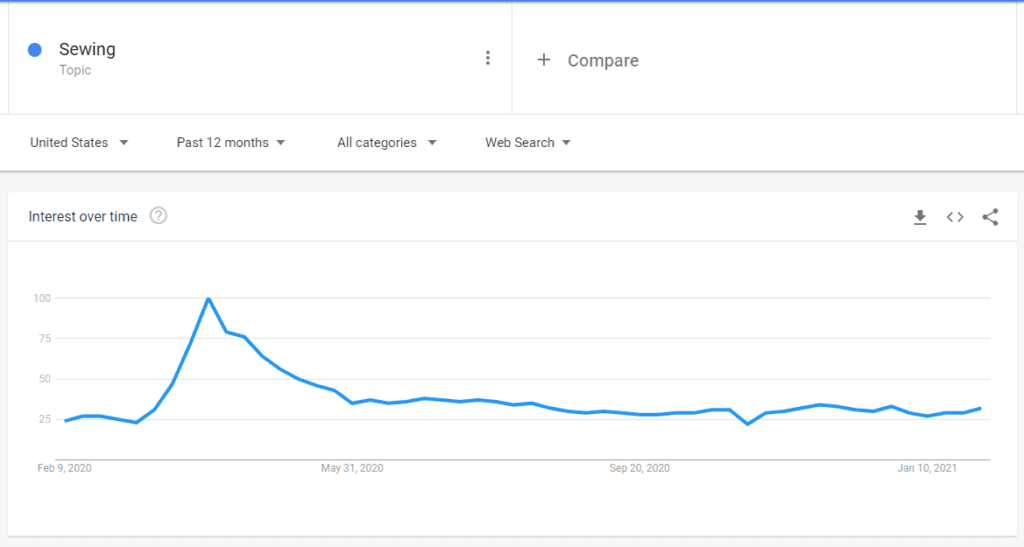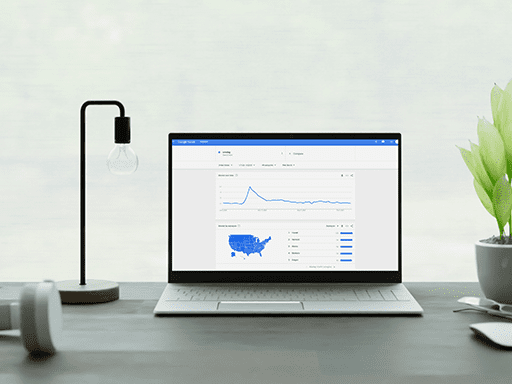Time alone will tell how quickly the economy will recover in 2021, and how the ongoing pandemic will shape consumer behavior. So how can you help prepare for what’s coming? If you saw major performance shifts in 2020—good or bad—you’ll need to know what caused these changes in order to measure your advertising impact accurately in 2021. Let’s look at some ways you can use profit and smart data interpretation to mitigate “the 2020 effect” on your overall 2021 advertising management.
Looking for more insights on the factors that shaped e-commerce in 2020? Check out the other blog in this series, “How to Measure 2020 Advertising Performance Year Over Year.“

Broaden Your Viewpoint for Your 2021 Advertising Management
We’re big believers in year over year analyses for measuring performance in normal times since they account well for seasonality. Year over year metrics have some applicability in volatile periods too—but unusual times do sometimes call for unusual viewpoints. If performance has been historically volatile, year over year analyses may give you an incorrect assessment of the potential profitability of 2021 advertising management. There are several factors you should consider: conversion rate, ad spend, and timeline for key events.
1) Your Conversion Rate
Conversion rate is a great marker for consumer behavior: how did it change last year? If it grew exponentially without major changes to your site or shopping cart experience, that’s an excellent sign that consumer behavior changed during that period. Understand too that assuming rates have returned to pre-pandemic levels, your business likely won’t see the same massive sales volume as it did in 2020. You’ll need to adjust both your expectations and your strategy to account for this!
Google Trends is a great tool for setting expectations around sales volume or conversion rate. You can search a variety of topics (or individual terms) and see how search interest has trended for that topic over the past twelve months. This should help you identify terms or topics that drove higher conversion rates last year, and determine whether you can expect that same interest this year. Here’s an example:

As you can see – search interest in this topic hit a major peak around the beginning of April last year. As 2020 went on and we rounded the corner into 2021, interest declined, then leveled off. As April approaches this year, it’s reasonable to expect that search interest (and conversion rates) will remain at that lower level. This means (likely) less volume for the business.
If you haven’t already adopted a profit-driven approach, now’s the time. Because profit accounts for both sales volume and efficiency, it’s much more adaptable to the type of conversion rate fluctuations we’ve described above.
2) Your Ad Spend
Your strategy last year is also important to keep in mind. Many retailers were forced to cut back on ad spend at various times as supply chain issues rocked the industry, and some even halted advertising entirely. Often, this resulted in fewer sales and/or a lower conversion rate. That could mean growth this year, though – especially if top-selling items are back in stock on a regular basis!
If this is the case, adopting a profit-driven strategy can ensure your campaigns continue to scale effectively. You’ll also be in an excellent position to capitalize on any revenue increases, and maximize profit!
3) The Pandemic Timeline
Recalling the timeline of world events over the past year is almost as important as tracking your account metrics. We noted above the widespread cutback in ad spend last year: this was mirrored by falling consumer spending. Recalling the economic timeline for last year can help you interpret performance for that period and understand relative performance this year.
It’s important to consider the impact on the product segment level, too. If you sell apparel, athletic or leisurewear might have been on the rise when the pandemic hit last year, while business attire saw a drop in sales. Ordinarily, you might perform a year over year analysis and consider raising bids as a seasonality adjustment, prioritizing items that are more popular this time last year. If last year’s increase in sales was due to the shift to remote work, though, an increase in bids now might not be justified since the time of year wasn’t a factor.

Measure By Efficiency to Improve Your 2021 Advertising Management
It would be great to replicate record sales from last year, and perhaps you’ll be able to. For many retailers, though, the unusual circumstances that generated mass sales in 2020 won’t be present in 2021. This is why tracking whole dollar revenue is not the ideal way to measure campaign performance. Instead, we suggest tracking efficiency. Tracking efficiency ensures that the rate of profit is preserved, even when life returns to normal.
We recommend tracking the efficiency of your campaigns with contribution margin. It represents the percentage of your ad spend that results in profit – thus giving you an accurate baseline for your performance even when there are major economic shifts. For example, let’s say this is your balance sheet:
Revenue: $10,000
Cost of Goods: $7,500
Ad Spend: $500
Profit: $2,000
In this case, 20% of your total revenue is preserved as profit, so you have a 20% contribution margin.
You can likely guess where this is going. No matter how much in revenue you generate this year, tracking contribution margin means you can ensure your campaigns are still producing profit at the ideal rate.

Conclusion
We’ve thankfully closed the book on 2020: but 2021 is bound to have its challenges. You may still be feeling the impact of last year’s upheaval in your 2021 advertising management —or perhaps you saw massive increases in sales last year and need to figure out what a new normal looks like. Changing consumer habits may have favored some products—while others suffered from supply chain problems.
Hopefully, you can now look at your data from last year with an objective eye. You should have a better understanding of the forces that shaped last year’s retail trends—and have some tools to account for the impact of those forces on the upcoming year. If you still are struggling to put your campaigns on track—reach out to us today. We’ll run a profit analysis and work with you to sort out the next steps on the path to profitability.








